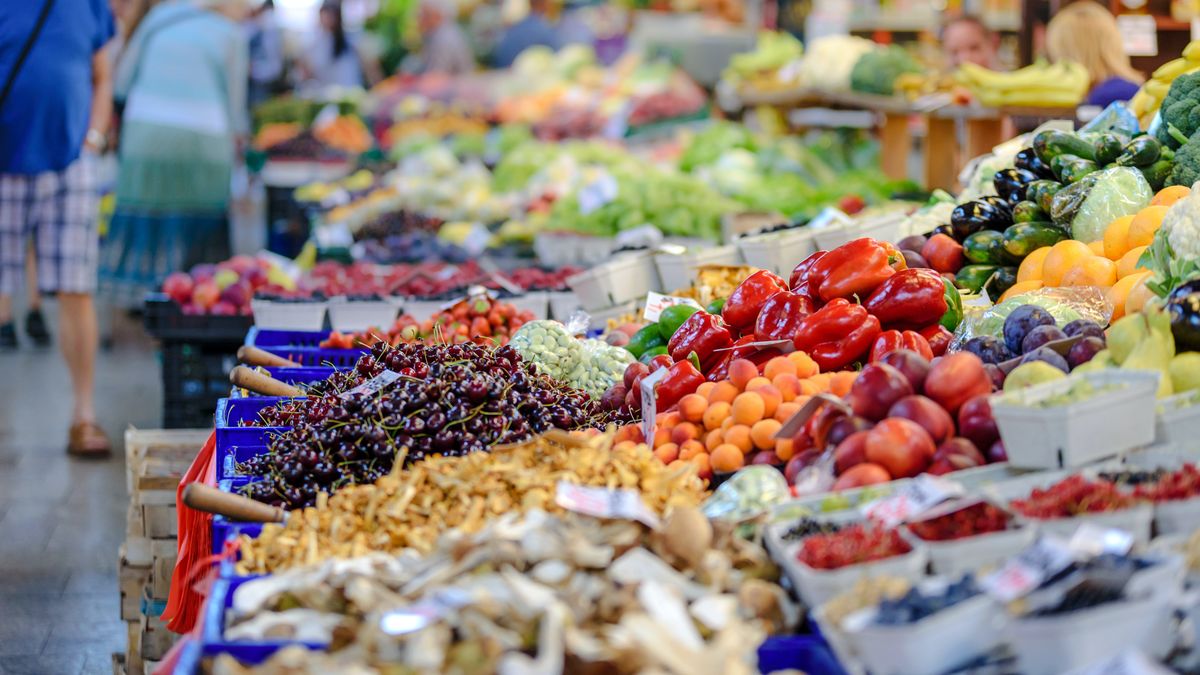The inflation It continued its decline in April, with the interannual rate falling to 3.7%. It is a new minimum since 2005. In that year, in a specific month (August) the annual rate had fallen to 3.4%, after the previous inflation peak, caused by the devaluation of 2002.
The current scenario has differences: it is already the eleventh consecutive month in which inflation is within the target range of the central bank (BCU), which ranges from 3 to 6%. And everything indicates that it will be one year inflation within the target range, something that has no precedent and reflects the Central Bank’s commitment to keeping inflation there. “We seek to ensure that inflation is not a random fact, but rather that agents are convinced that it will no longer be an adjustment variable,” commented a BCU technician in a recent meeting with journalists.
One of the data that caught attention in the April CPI report is that the component food rose only 1.5%; Given its weighting close to 25%, it was a key factor in bringing down the general index. However, it seems clear that the population’s perception is not that food is cheaper. What happened then?
It must be remembered that inflation is a rate, that is, it measures the variation between two observation points of prices. but minor inflation It does not mean lower prices. In fact, many foods went up in April. But the answer is to observe what happened a year ago. In April 2023, many foods came with obvious increases, so they set the base of comparison very high. At that time there was a “spike” in the price of food (graph). In recent months, some products moderated their prices and hence the low rate of year-on-year increase.
General and food inflation April
Surely the most important and most significant loss occurred in the meat vaccine, with an average decrease of around 5%, with some cuts such as roast that fell 12% in the year, according to the INE report. It also significantly reduced the price of oils (-18%) that of sunflower. Among fruits, there was a significant drop in citrus (-9% year-on-year). Some also went down vegetables, but the current situation, with continuous rains, will surely complicate production again and generate another push in prices. The floods in Brazil They can also have an upward effect on prices, since imported production usually comes from there. These fluctuations in food prices are especially sensitive for the lower-income population.
That said, it is worth mentioning that the Inflation index (in our country the CPI, but the comment is for any example) is simply an approximation, a measurement of a deeper phenomenon. If one food decreases significantly and another increases in the same proportion, and both have equal weight in the index, the effect is neutralized; but surely the consumer is going to consume more of the first. The “real” inflation will be less than that of the index. These issues commonly operate in product and service markets with high variety and substitutability (food, clothing, restaurants and hotels, etc.). In oligopolistic or monopolistic servicesthe effect is much smaller (the consumer’s “escape” routes are fewer) and that is why it is so important to monitor these last cases, seeking to open those markets more, if possible.
All this is studied in the academic-economic field and must be taken into account. Inflation, at its core, is a macroeconomic phenomenon, monetary in essence; In turn – at least in the short and medium term – it often reflects the bidding of interests and positions that are translated into prices, where those with a certain degree of dominant position can achieve advantages. And this applies not only to the agents who ultimately set prices (retail trade) but also to the field of transportation, rates, unions and salaries, etc. The retail inflation measured through the CPI, it is the reference indicator to measure inflation; but the inflationary phenomenon affects all prices in the economy.
Beyond this, it seems clear – in the evolution of recent years – that the relative value of food has increased. And it is difficult for it to return to the price relationships that existed in the pre-pandemic years (graph). At least in the short term.
Source: Ambito




